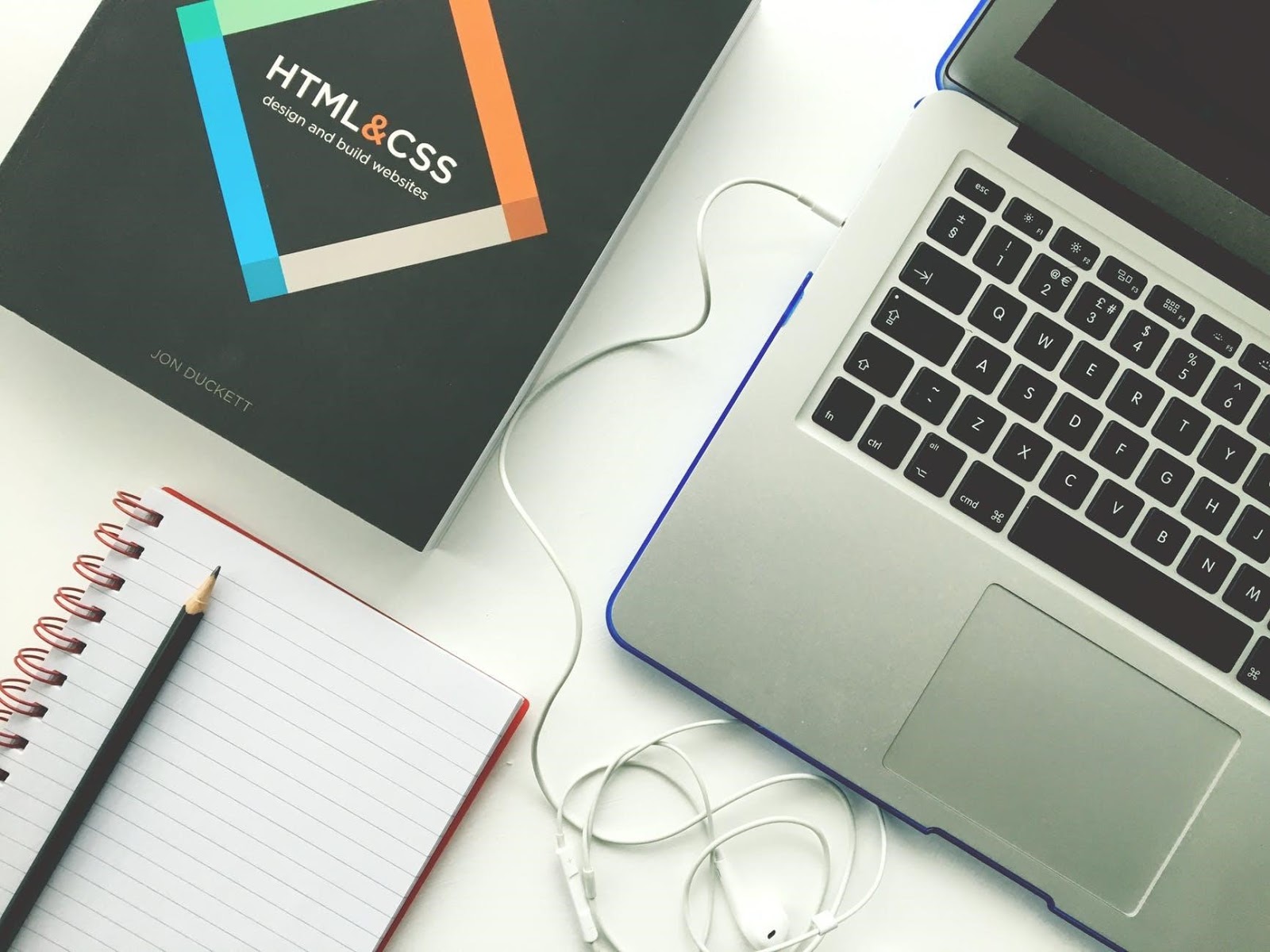 |
| WordPress Behind The Scene |
Wordpress is a CMS (content
management system) software used to run a website, content publishing, create
themes, and plugins. It allows functions like maintain, edit, organize, modify,
delete, and publish content in a common platform. The content can be text,
audio, video, and pictures too. It helps in managing a website quickly even if
you don’t know the codings. It also offers different themes, widgets, and
plugins to choose from, which makes it user-friendly with beginners as well. To
utilize the full potential of this platform, you must understand the technology
behind it.
management system) software used to run a website, content publishing, create
themes, and plugins. It allows functions like maintain, edit, organize, modify,
delete, and publish content in a common platform. The content can be text,
audio, video, and pictures too. It helps in managing a website quickly even if
you don’t know the codings. It also offers different themes, widgets, and
plugins to choose from, which makes it user-friendly with beginners as well. To
utilize the full potential of this platform, you must understand the technology
behind it.
Table of Contents
WordPress
Levels:
The user-facing website, the
admin area, and the WP Core are the three levels which you can use to access
WordPress.
admin area, and the WP Core are the three levels which you can use to access
WordPress.
1. The User-Facing
Website
The site which a visitor sees
after clicking a web address is the user-facing website. It can be a blog, a
list, or a page.
after clicking a web address is the user-facing website. It can be a blog, a
list, or a page.
2. The Admin
Area
The admin area is the Dashboard,
which is the backend of the website. You can access it when you log in to your
website with your admin id and password. It displays files like dashboard.php,
widgets.php, options.php, and user.php. The Dashboard allows you to post and
manage content and can change website themes, add new plugins, and widgets. It
is inbuilt and has a user-friendly interface. You can add tools, manage access
rights, and control the performance of the website from here. However, the
Dashboard is only one of the parts of the backend of a CMS.
which is the backend of the website. You can access it when you log in to your
website with your admin id and password. It displays files like dashboard.php,
widgets.php, options.php, and user.php. The Dashboard allows you to post and
manage content and can change website themes, add new plugins, and widgets. It
is inbuilt and has a user-friendly interface. You can add tools, manage access
rights, and control the performance of the website from here. However, the
Dashboard is only one of the parts of the backend of a CMS.
3.
Wordpress’s Core
The WordPress code is nothing but
the core of WordPress, which contains this platform’s actual code. It includes
files like CSS, plugin files, theme files, etc.
the core of WordPress, which contains this platform’s actual code. It includes
files like CSS, plugin files, theme files, etc.
How A WordPress
Site Runs:
 |
| WordPress Behind The Scene |
Wordpress builds on these two
main languages: PHP and MySQL. HTML, Javascript, and CSS are also suitable for
various aspects.
main languages: PHP and MySQL. HTML, Javascript, and CSS are also suitable for
various aspects.
1. PHP (PHP
Hypertext Preprocessor)
Writing WordPress in PHP language
makes it powerful. It controls the different functions within WordPress and how
it connects with the database. Using PHP is great for the addition and
extraction of information from the database based on the given standard. You can
use PHP to create different functions on the website.
makes it powerful. It controls the different functions within WordPress and how
it connects with the database. Using PHP is great for the addition and
extraction of information from the database based on the given standard. You can
use PHP to create different functions on the website.
2. MySQL
(My Structured Query Language)
MySQL is a database management
system used by WordPress to perform tasks like create, read, update, and delete
(CRUD operations). SQL is commonly used to access databases, and it stands for
Structured Query Language. WordPress uses MySQL in storing and retrieving data,
including blog information, custom post types, and user profiles. You do not
have to go through the mechanics of the database. WordPress takes care of all
the tasks.
system used by WordPress to perform tasks like create, read, update, and delete
(CRUD operations). SQL is commonly used to access databases, and it stands for
Structured Query Language. WordPress uses MySQL in storing and retrieving data,
including blog information, custom post types, and user profiles. You do not
have to go through the mechanics of the database. WordPress takes care of all
the tasks.
3. CSS
CSS (Cascading Style Sheets) is
the language used in web designing. CSS allows you to customize your website’s
appearance, fonts, colors, layout, and more. It’s easy to work with and gives
you complete control over how you want to style your site.
the language used in web designing. CSS allows you to customize your website’s
appearance, fonts, colors, layout, and more. It’s easy to work with and gives
you complete control over how you want to style your site.
4. HTML
Hypertext Markup Language (HTML) is the
primary and easiest language used to create websites. HTML language is
descriptive and describes your content elements to the web browsers. HTML
provides a structure where you can use the functions defined in PHP and style
the webpage in CSS.
primary and easiest language used to create websites. HTML language is
descriptive and describes your content elements to the web browsers. HTML
provides a structure where you can use the functions defined in PHP and style
the webpage in CSS.
5. Javascript
JavaScript is a programming
language that runs on the user’s browser. It is relatively easy to learn and
execute. You can execute a lot of cool things without affecting the speed of
the website.
language that runs on the user’s browser. It is relatively easy to learn and
execute. You can execute a lot of cool things without affecting the speed of
the website.
Elements Of
Wordpress:
 |
| WordPress Behind The Scene |
The front end of your website is
what the user sees after visiting your website. The backend of your website is
when you are working from your site’s Dashboard. You log in to your Dashboard,
by adding /wp-admin after your website’s URL(https://yoursitename.com/wp-admin).
It contains your website’s files, the actual code on the server and from where
you manage your site’s content. No matter how different a website looks and
runs, they all power by similar code. You get access to a lot of customization
and setting options to make your site your own. The elements of WordPress’s
core are Themes and Plugins.
what the user sees after visiting your website. The backend of your website is
when you are working from your site’s Dashboard. You log in to your Dashboard,
by adding /wp-admin after your website’s URL(https://yoursitename.com/wp-admin).
It contains your website’s files, the actual code on the server and from where
you manage your site’s content. No matter how different a website looks and
runs, they all power by similar code. You get access to a lot of customization
and setting options to make your site your own. The elements of WordPress’s
core are Themes and Plugins.
1. Themes
The Theme you choose determines
the look of your website. It is a collection of style sheets and templates that
determines the appearance of a website published using WordPress. WordPress
offers many free and paid themes. You can choose free Themes from WordPress.org
in their Themes Directory. Besides images and JavaScript files, there are three
parts to a Theme. The WordPress Template, style.css, and an optional
functions.php allow making changes to the Theme. The style.css file is unique
for every Theme. It gives every Theme a different layout, feature, and design
such as the colors, fonts, widget location, and final design of your website.
You can apply a new Theme without disturbing the original content of your site.
the look of your website. It is a collection of style sheets and templates that
determines the appearance of a website published using WordPress. WordPress
offers many free and paid themes. You can choose free Themes from WordPress.org
in their Themes Directory. Besides images and JavaScript files, there are three
parts to a Theme. The WordPress Template, style.css, and an optional
functions.php allow making changes to the Theme. The style.css file is unique
for every Theme. It gives every Theme a different layout, feature, and design
such as the colors, fonts, widget location, and final design of your website.
You can apply a new Theme without disturbing the original content of your site.
2. Plugins
Plugins are a group of functions
used to add new features to extend the functionality of the WordPress websites.
Functions are of different types like calendars, forms, email contact,
e-commerce, visitor analytics, etc. These plugins develop mostly in PHP
language and merge flawlessly with WordPress. Plugins help to perform a myriad
of tasks like uploading, editing, managing images, audio, video, documents and
much more. You can find more than 37,000 Plugins in the WordPress Plugin
Directory.
used to add new features to extend the functionality of the WordPress websites.
Functions are of different types like calendars, forms, email contact,
e-commerce, visitor analytics, etc. These plugins develop mostly in PHP
language and merge flawlessly with WordPress. Plugins help to perform a myriad
of tasks like uploading, editing, managing images, audio, video, documents and
much more. You can find more than 37,000 Plugins in the WordPress Plugin
Directory.
The theme is a mandatory element
in the functioning of a website. However, Plugins are optional and you can
choose whether to install them or not.
in the functioning of a website. However, Plugins are optional and you can
choose whether to install them or not.
Conclusion:
 |
| WordPress Behind The Scene |
Wordpress is a basic but powerful
website solution. It is an excellent skill if you understand the backend
working of WordPress, even if you are not a developer. Now that you understood
the operation of WordPress, you can create your WordPress LMS to
educate other WordPress users. Go ahead and use it to create a huge e-commerce
website or a simple blog.
website solution. It is an excellent skill if you understand the backend
working of WordPress, even if you are not a developer. Now that you understood
the operation of WordPress, you can create your WordPress LMS to
educate other WordPress users. Go ahead and use it to create a huge e-commerce
website or a simple blog.














